European Garden Ideas: Transform Your Yard with Charming Designs
European garden ideas can transform any outdoor space into a charming retreat that feels like a trip across the continent. Whether you’re inspired by the structured elegance of a French garden, the romantic appeal of an English garden, or the warm, rustic vibes of an Italian garden, there are countless ways to bring European style to your yard.
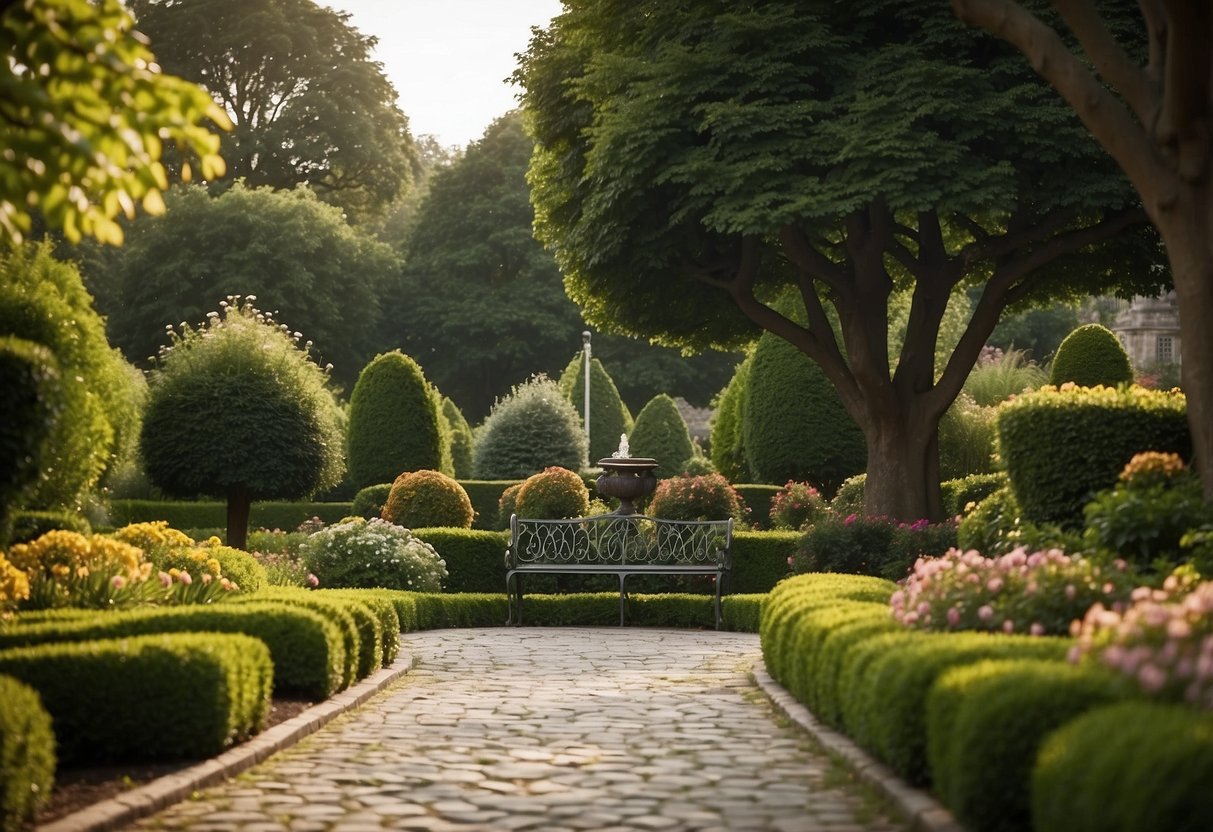
What type of European garden suits your style best? From French-inspired pergolas to the lush drifts of color common in English gardens, and the earthy tones of Italian hardscaping, the possibilities are endless. Find inspiration and tips to create your own European haven at home.
1) Cottage-Style Herb Gardens

Cottage-style herb gardens are a great way to blend beauty and practicality. Mixing herbs with colorful flowers creates a charming, lively look. These gardens can be compact, making them perfect for small spaces.
Use a mix of different herbs like rosemary, thyme, and basil. Plant them closely together for that lush, overflowing feel. Good soil is key, so start with organic soil and compost to keep your herbs healthy.
You can also grow your herbs in raised beds or wide pots. This makes it easier to maintain and gives a neat look. Consider adding a trellis for climbing plants like beans or peas, adding height and interest to your garden. For more inspiration, explore these cottage garden ideas.
2) Italian Renaissance Topiaries
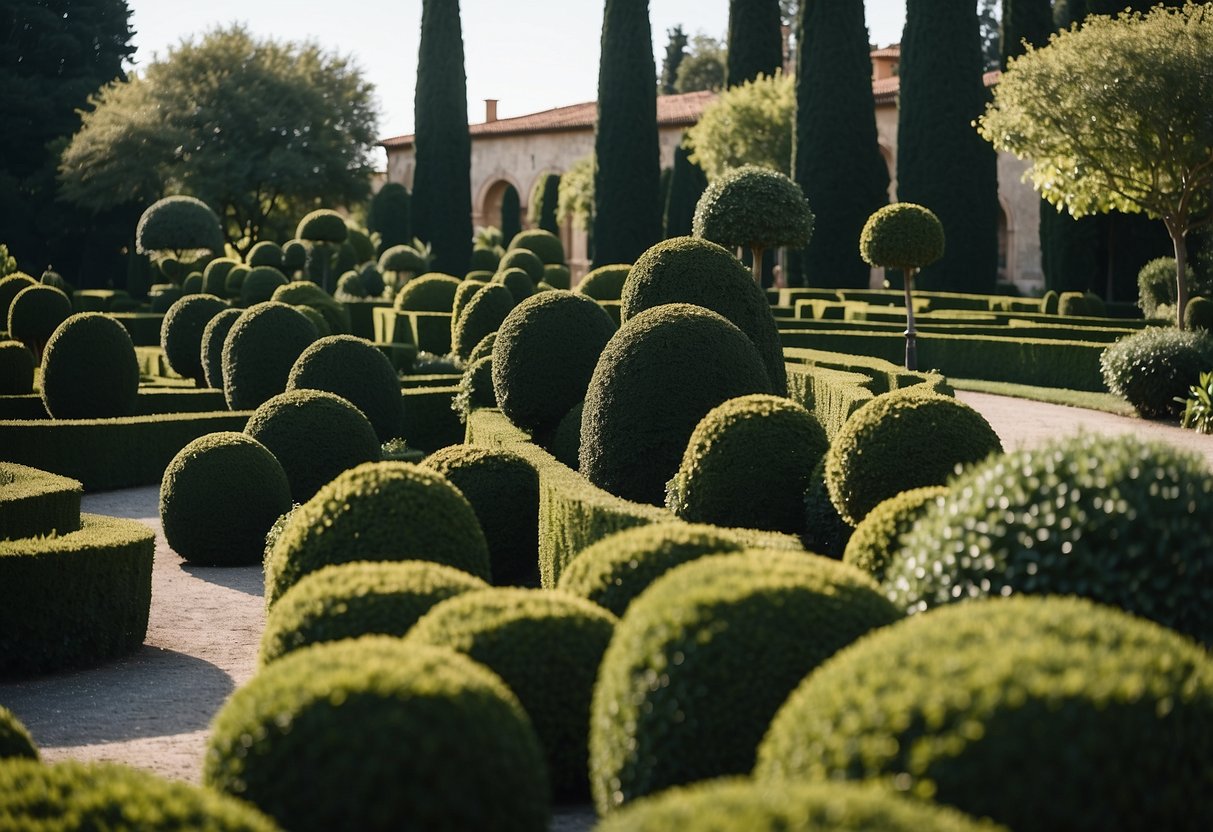
Italian Renaissance gardens are famous for their elegant topiaries. These gardens feature evergreen plants shaped into various forms.
You can create symmetrical shapes or more complex designs in your own garden. Popular plants for these topiaries include boxwood and holly.
Topiaries add structure and beauty, giving your garden a timeless feel. Explore more about Italian garden design and topiaries here.
3) French Parterre Gardens

French parterre gardens are all about symmetry and elegance. They often feature intricate patterns created with low hedges. These patterns can include geometric shapes like circles or squares.
Many parterre gardens use gravel or grass between the hedges. You can also add herbaceous plants for year-round interest. Stone sculptures or urns make great focal points.
Traditional parterre gardens frequently include tulips. The hedging gives structure, while the flowers add color. If you want a classic look, consider incorporating both into your design.
4) English Rose Borders
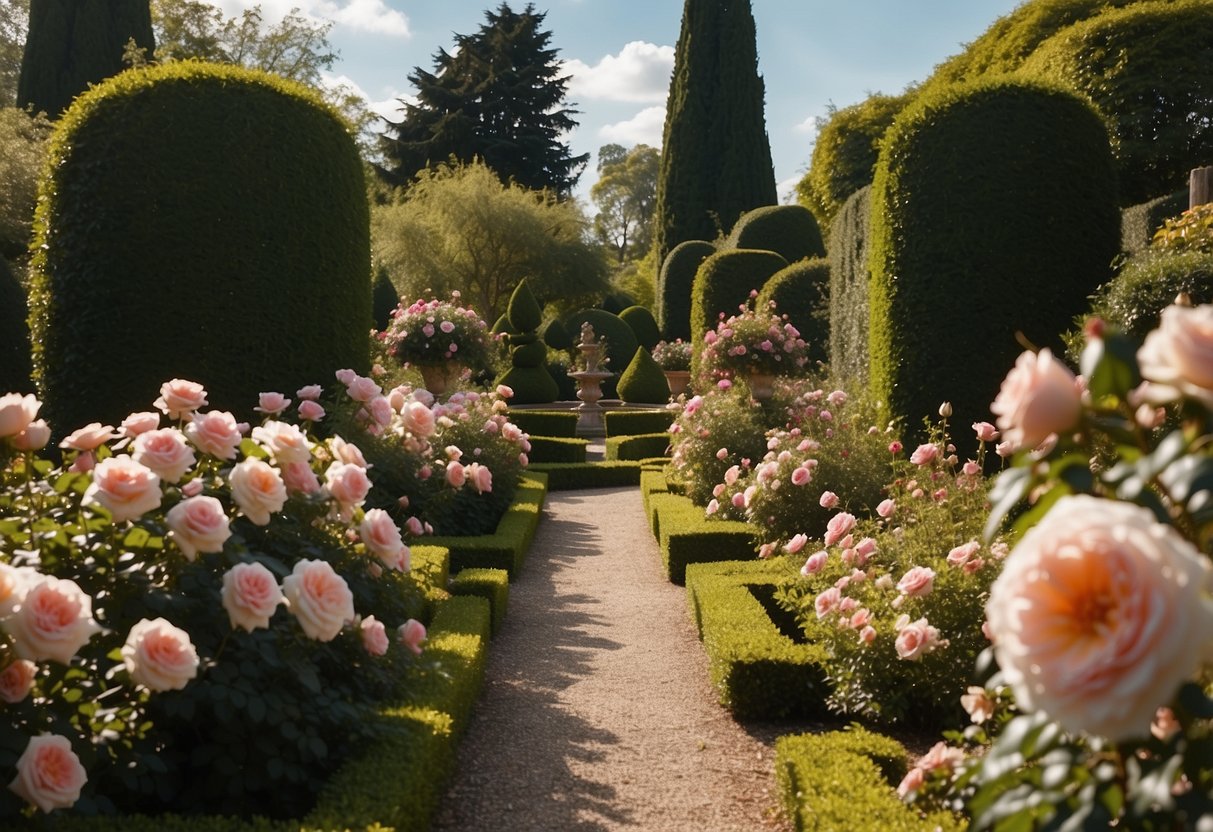
English rose borders are a classic feature in many European gardens. They showcase a variety of beautiful roses with lush blooms.
These borders often include roses with deeply cupped flowers, such as golden-yellow varieties with dark glossy leaves.
To create a charming look, plant your roses alongside bright perennials and a mix of textures, as seen in traditional English garden designs.
Using roses in mixed borders adds color and fragrance to your garden. The right rose varieties can ensure you have flowers blooming for most of the year.
5) Mediterranean Courtyards

When you think of Mediterranean courtyards, picture warm stone pavements and vibrant plants. These spaces often serve as a central feature in homes, providing a relaxing outdoor area.
Add a soothing water feature like a fountain. This brings both beauty and tranquility to your courtyard.
For seating, choose shaded areas with comfortable chairs or benches. Using pale-colored gravel and tiles adds a classic touch. Matching these with terracotta pots filled with Mediterranean plants enhances the overall look.
Lastly, consider architectural features like rustic arches or pergolas to complete your Mediterranean garden design.
6) Scandinavian Minimalist Gardens
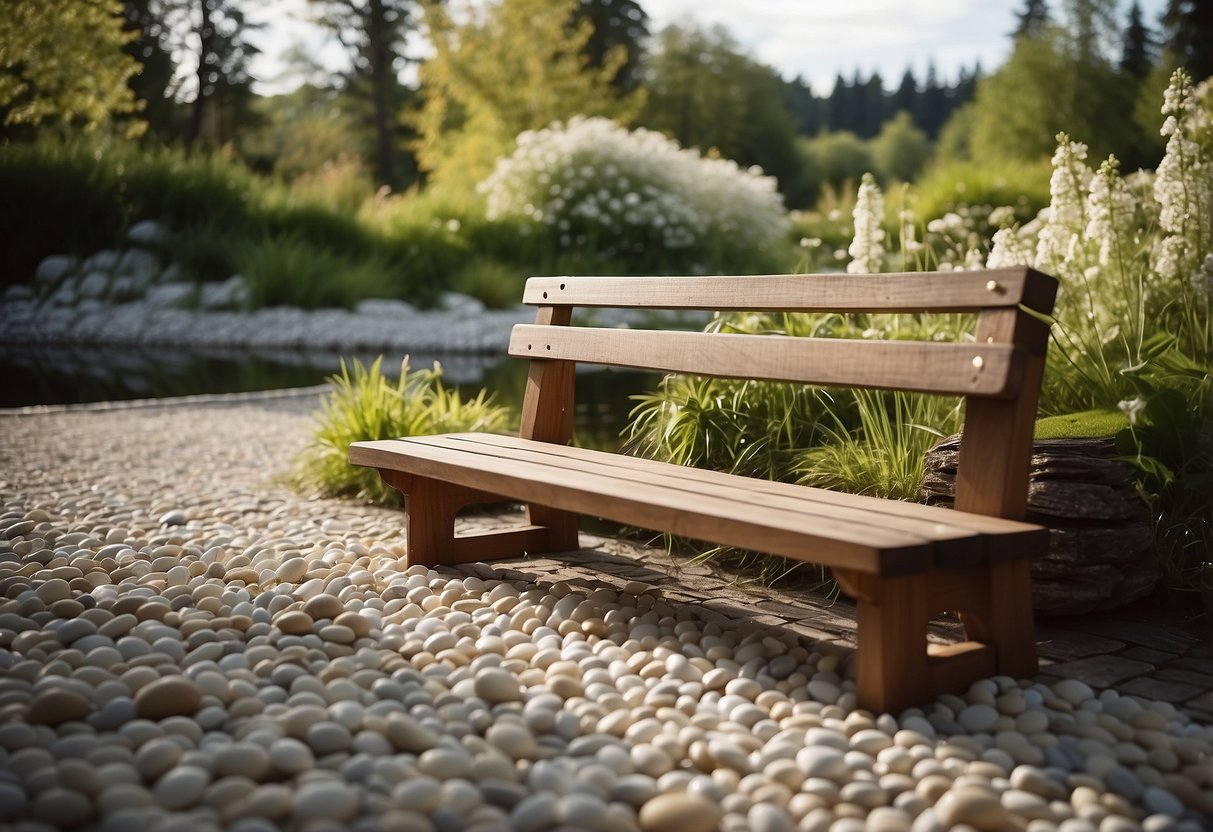
Scandinavian minimalist gardens focus on simplicity and natural beauty. You can start by choosing a spot that gets plenty of sunshine. Define this space with clean lines using elements like seating and large potted plants.
Incorporate natural textures inspired by Nordic forests. Simple geometric planters in cool colors like white or light grey can be great focal points. Adding a few well-placed cushions and floor coverings can help create a cozy, inviting atmosphere.
For more ideas on Scandinavian gardens, check out these tips on creating a Danish-Scandinavian style garden.
7) Secret Woodland Gardens
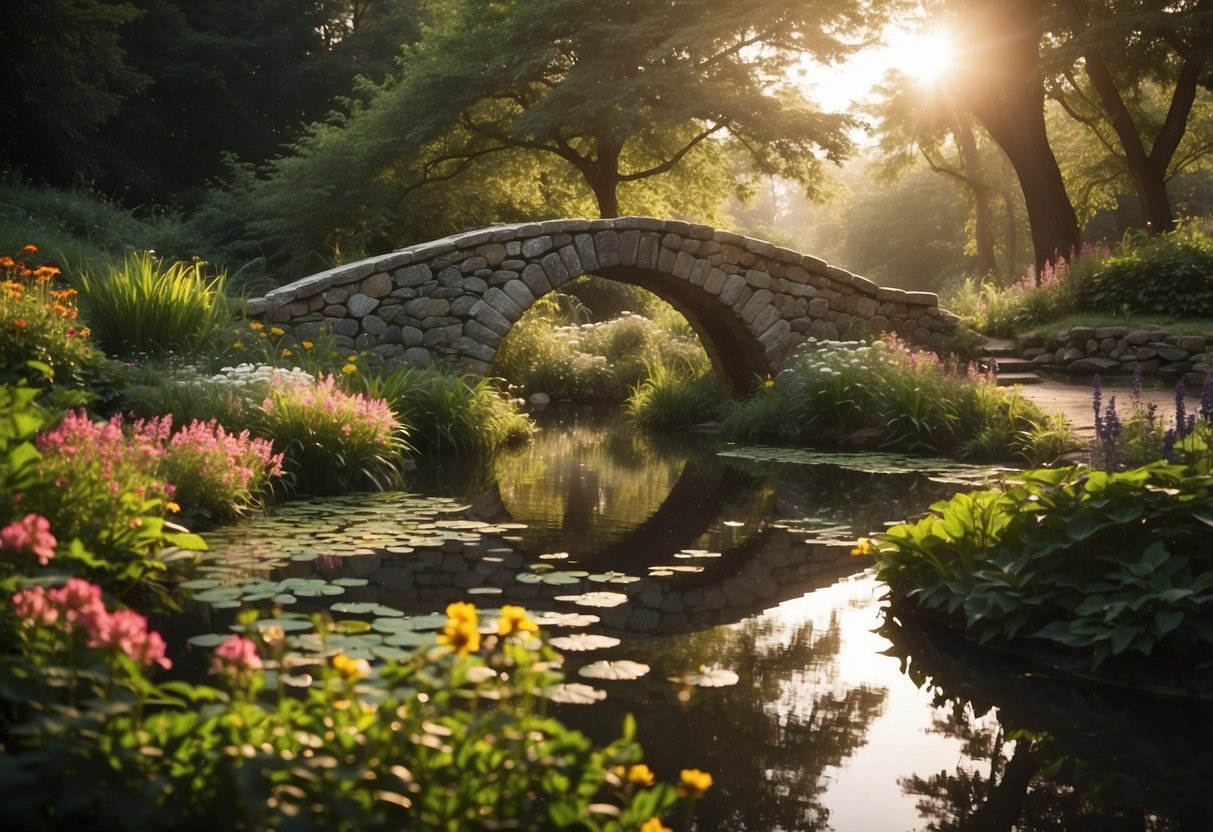
Creating a secret woodland garden can be a magical addition to your outdoor space. Start by planting a mix of deciduous trees. These trees shed their leaves in the fall, letting in more light during winter.
Incorporate pathways with stepping stones or gravel. This will enhance the feeling of wandering through an enchanted forest.
Consider adding a cozy seating area with an outdoor rug and fragrant plants like lavender or mint. This not only adds beauty but also keeps pests at bay, enhancing your garden’s comfort.
For some ideas and inspiration, you can visit Garden Design’s woodland garden guide.
8) Zen-Inspired Tranquility Spaces
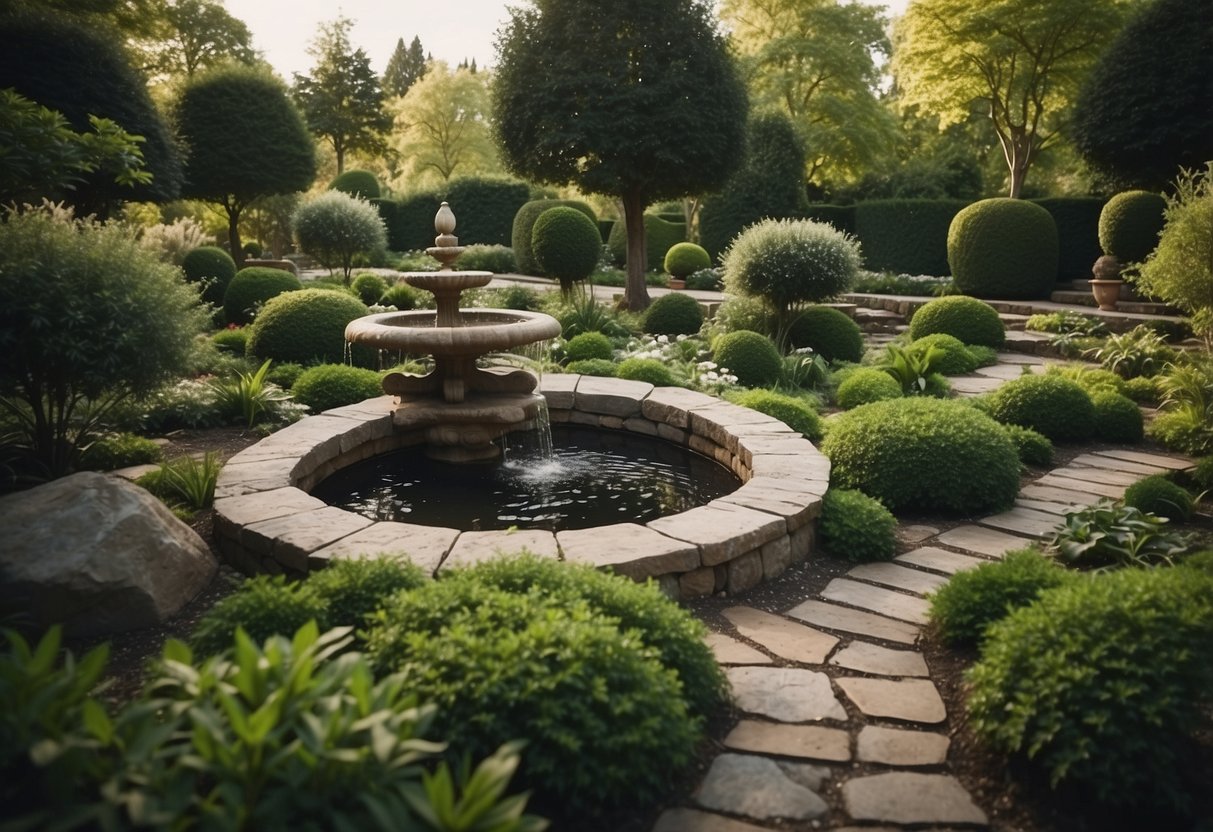
You can create a peaceful corner by adding raked gravel patterns. These can help you relax and find calm during a busy day.
A stone bridge can be both lovely and soothing. It brings a sense of flow to your garden and looks great, too.
By including meditation spots with simple seating or benches, you’ll have a perfect place to unwind.
9) Rustic Vineyard Vignettes
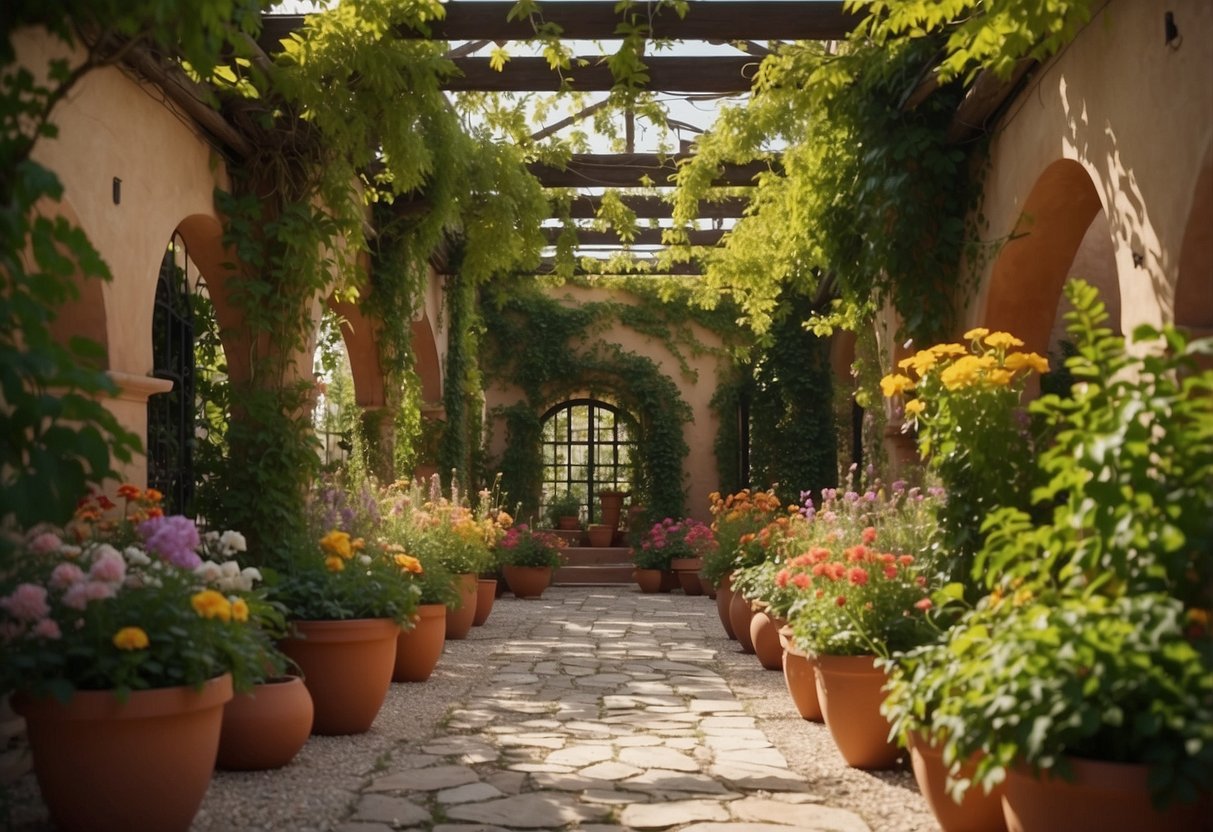
Creating rustic vineyard vignettes in your garden can add a touch of charm and warmth. Think of using old barrels as planters.
Worn wooden crates can be stacked with grapevines trailing down.
Add vintage wine bottles as decor, nestled among lavender and rosemary for a Mediterranean feel.
For a cozy seating area, use a rustic wooden table and chairs surrounded by lush greenery and grapes.
Consider adding trellises with grapevines climbing up. This creates a genuine vineyard vibe in your backyard. The look is both stylish and comforting.
10) Modern Geometric Garden Art
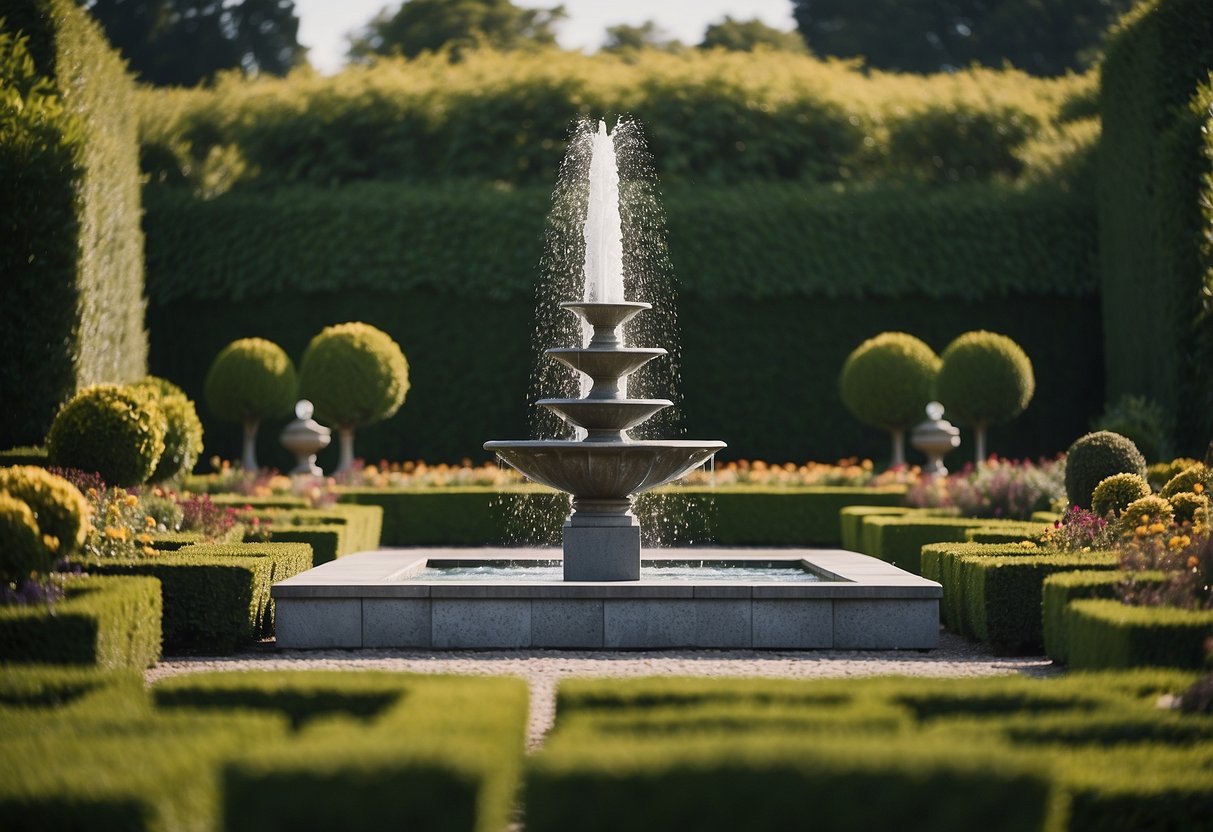
Modern geometric garden art uses straight lines and shapes to create a clean look. Paths, raised beds, and even pools can have strong geometric designs. Raised beds of different heights can turn your garden into a piece of art inspired by artists like Mondrian.
The main path is often straight, made from gravel or pavers. This path becomes the center of the design. You can also add simple plantings to soften the look of your garden’s clean, geometric lines.
Design Principles for European Gardens

European gardens are known for their formal layouts, symmetry, and use of classic elements. These features create a sense of order and elegance that many find appealing.
Formal Garden Layouts
Formal garden layouts often feature geometric patterns and structured designs. Pathways are usually straight or follow a clear, planned route. Plants are arranged in neat rows or shapes, creating a sense of balance and order.
Hedges and walls may mark off different sections. This helps create distinct areas within the garden. Fountains and ponds can serve as central features around which the rest of the garden is organized, adding both visual and auditory appeal.
The goal is to create a garden that feels organized and easy to navigate. You should be able to appreciate the entire layout from various vantage points.
Use of Symmetry
Symmetry is a key element in European gardens. Both sides of a path or central feature mirror each other. This can include matching plantings, pathways, and decorative elements like statues or urns.
Symmetry helps create a sense of harmony and balance. It makes the garden feel more intentional and structured. Even if the plants themselves vary, the overall layout will often remain symmetrical.
Using symmetry doesn’t mean everything must be identical. You can still introduce variety within symmetrical sections. Different plant species or colors can be used to create visual interest while maintaining the overarching balanced look.
Incorporating Classic Elements
Classic elements such as fountains, statues, and stone planters add timeless beauty. Water features like ponds or small streams bring a sense of tranquility and motion.
Stone sculptures and urns provide vertical interest and can serve as focal points. These elements often reflect historical styles, lending a touch of old-world charm to your garden.
In addition, pergolas and trellises covered in climbing plants can add both shade and beauty. These structures not only enhance the aesthetic but also provide functional areas for relaxation.
Mixing these elements thoughtfully creates a garden that feels both elegant and inviting.
Plants and Flowers in European Gardens

European gardens are known for their diverse plant species and carefully chosen seasonal flowers. These elements create lush, colorful, and vibrant landscapes that appeal to garden lovers.
Popular Plant Species
One of the most iconic plant species in European gardens is lavender. Known for its soothing scent and purple blooms, lavender is commonly found in Mediterranean-style gardens. Another popular plant is the yew tree, often used in hedging to create structured and formal designs.
Roses are a staple in many European gardens. They come in various colors and are celebrated for their beauty and fragrance. You may also find boxwood shrubs used in topiary for artistic garden designs.
Some European gardens feature the herbaceous borders of delphiniums and peonies. These plants offer stunning blooms and are cherished for their vibrant colors. Additionally, the hardy geranium is popular for its long-lasting flowers and low maintenance.
Seasonal Flower Choices
Spring is a joyful time in European gardens, highlighted by the blossoming of tulips and daffodils. Tulips, especially, are prominent in gardens like Keukenhof in the Netherlands, showcasing a spectacular array of colors. Daffodils are another spring favorite, known for their bright yellow blooms.
Summer brings a new wave of flowers. The colorful petunias and begonias thrive in the warm weather, adding vibrant hues. Hydrangeas, with their large blooms, are also a summer favorite across Europe, providing a stunning visual display.
In autumn, chrysanthemums and asters take center stage. These flowers are hardy and bloom late, ensuring that gardens maintain their color even as temperatures drop. Cyclamen is another autumn choice, particularly suitable for shaded spots.
Winter gardens are often punctuated by the striking presence of hellebores and snowdrops. These plants bloom even in the cold, ensuring that European gardens never lose their charm, regardless of the season.







